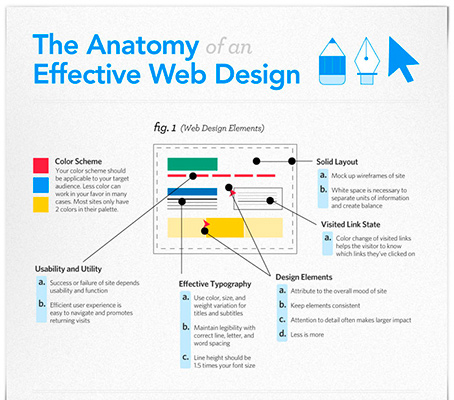The Evolution Of Site Layout: From Past To Present
The Evolution Of Site Layout: From Past To Present
Blog Article
Created By-Johnsen Bojesen
In the past, websites were easy and focused on details. Navigation was straight, and layout was for desktop computers. Currently, individual experience is crucial. Data overviews layouts for easy navigation. Responsive designs fit different gadgets. Today, dark setting reduces pressure, and minimalist menus improve navigating. https://www.forbes.com/sites/forbesbusinesscouncil/2022/03/02/how-to-make-multichannel-marketing-your-strategy-for-2022/ involve customers, and vibrant visuals stand out. AI integration increases engagement. See just how layout has developed to boost your on-line trip.
Early Days of Website Design
In the very early days of website design, simplicity preponderated. Internet sites were standard, with restricted shades, fonts, and layouts. The emphasis was on supplying details rather than showy visuals. Individuals accessed the net through slow-moving dial-up links, so speed and functionality were key.
Navigation menus were straightforward, typically located at the top or side of the page. Internet sites were designed for computer, as mobile surfing wasn't yet common. Material was king, and developers prioritized very easy readability over complicated layout elements.
HTML was the main coding language used, and designers had to function within its restrictions. Computer animations and interactive attributes were minimal contrasted to today's requirements. Web sites were static, with little dynamic content or customized individual experiences.
Surge of User-Focused Style
With the development of internet site layout, a shift towards user-focused design concepts has actually come to be significantly popular. Today, creating sites that prioritize individual experience is vital for involving site visitors and accomplishing organization goals. User-focused design includes understanding the needs, choices, and habits of your target audience to customize the web site's format, material, and includes as necessary.
Developers now perform extensive research, such as customer surveys and functionality testing, to collect understandings and feedback straight from customers. This data-driven method helps in creating intuitive navigation, clear calls-to-action, and aesthetically enticing user interfaces that resonate with site visitors. By placing the user at the center of the style procedure, sites can supply an extra individualized and pleasurable experience.
Receptive style has actually also emerged as a vital element of user-focused style, guaranteeing that internet sites are enhanced for various tools and screen sizes. This versatility boosts availability and use, catering to the varied ways individuals engage with websites today. Fundamentally, the increase of user-focused design indicates a shift towards developing digital experiences that prioritize the demands and assumptions of completion customer.
Modern Trends in Web Design
Discover the most recent trends shaping web design today. One prominent trend is dark setting layout, offering a sleek and modern-day appearance while minimizing eye pressure in low-light atmospheres. One more essential trend is minimalist navigating, simplifying menus and improving user experience by focusing on essential elements. Integrating micro-interactions, such as computer animated buttons or scrolling impacts, can develop an extra engaging and interactive web site. Receptive layout remains critical, making certain smooth user experiences across different gadgets. Additionally, utilizing bold typography and asymmetrical designs can include aesthetic rate of interest and accentuate certain web content.
Integrating AI technology, like chatbots for client support or individualized recommendations, boosts individual engagement and simplifies procedures. Access has additionally become a substantial pattern, with designers focusing on inclusive layout techniques to deal with varied individual requirements. Accepting sustainability by optimizing website efficiency for speed and performance is another arising fad in website design. Working together with customer responses and data analytics to iterate and enhance layout constantly is vital for remaining appropriate in the ever-evolving digital landscape. By embracing these modern-day patterns, you can produce a visually attractive, straightforward web site that resonates with your target market.
Conclusion
As you reflect on the advancement of internet site style from the very early days to currently, you can see exactly how user-focused layout has become the driving pressure behind modern-day patterns.
Accept the trip of modification and adjustment in web design, constantly maintaining the customer experience at the leading edge.
Keep existing with the current patterns and technologies, and never ever stop advancing your technique to produce aesthetically magnificent and straightforward websites.
Develop, adjust, and develop - the future of website design remains in your hands.
